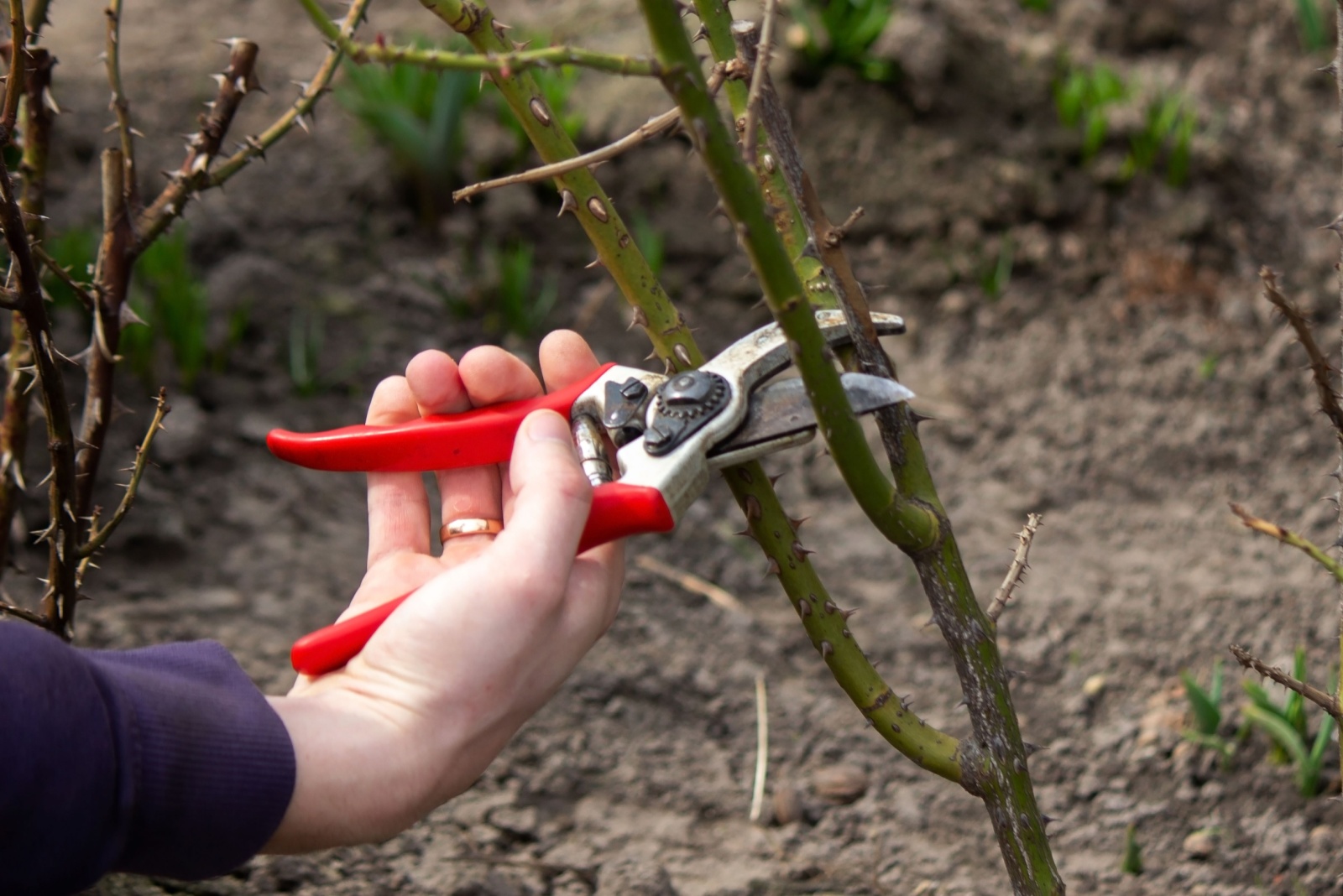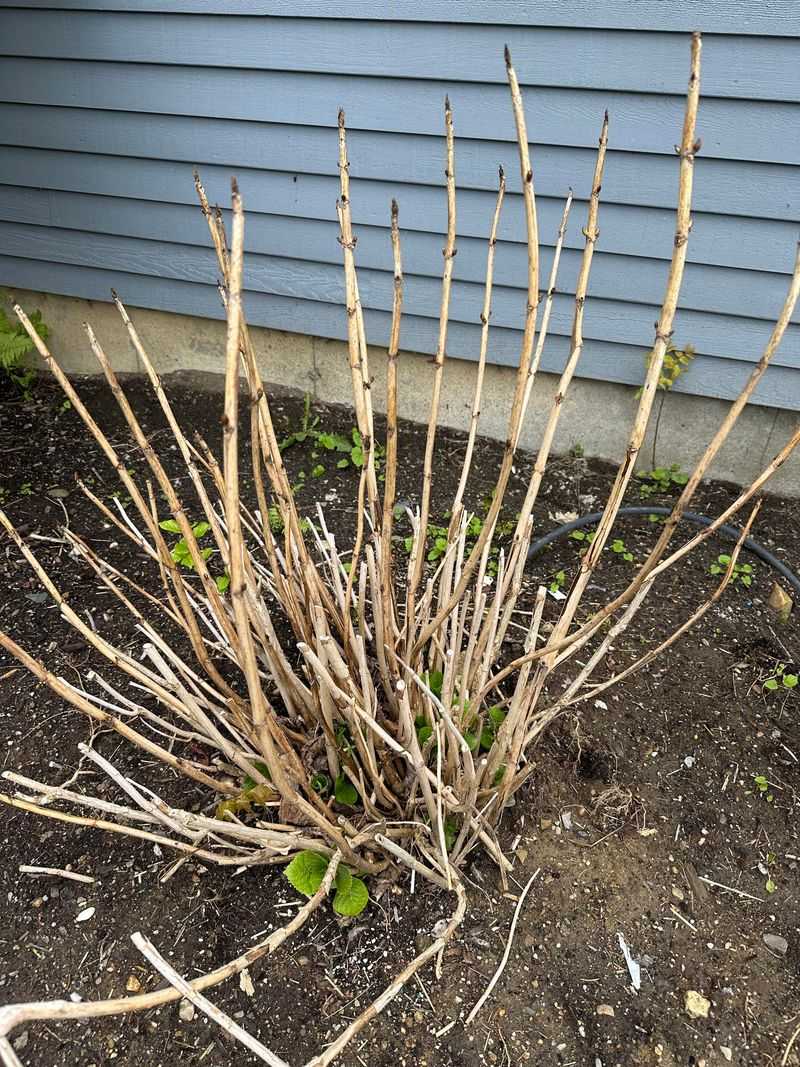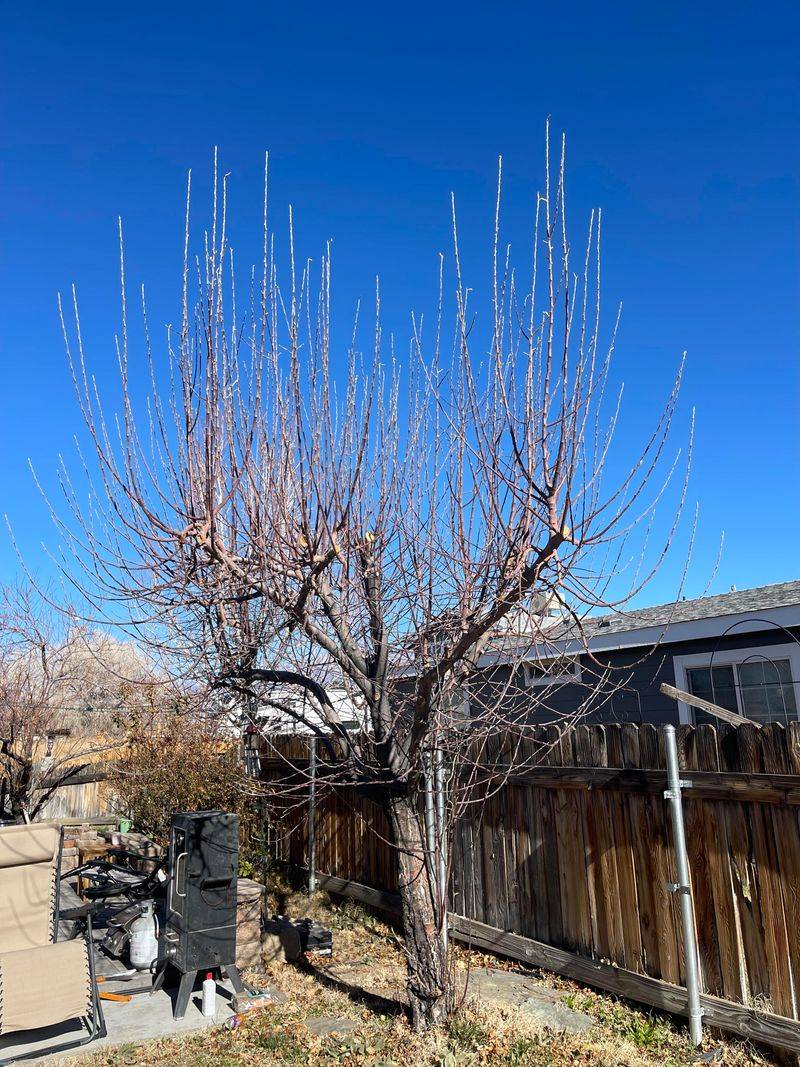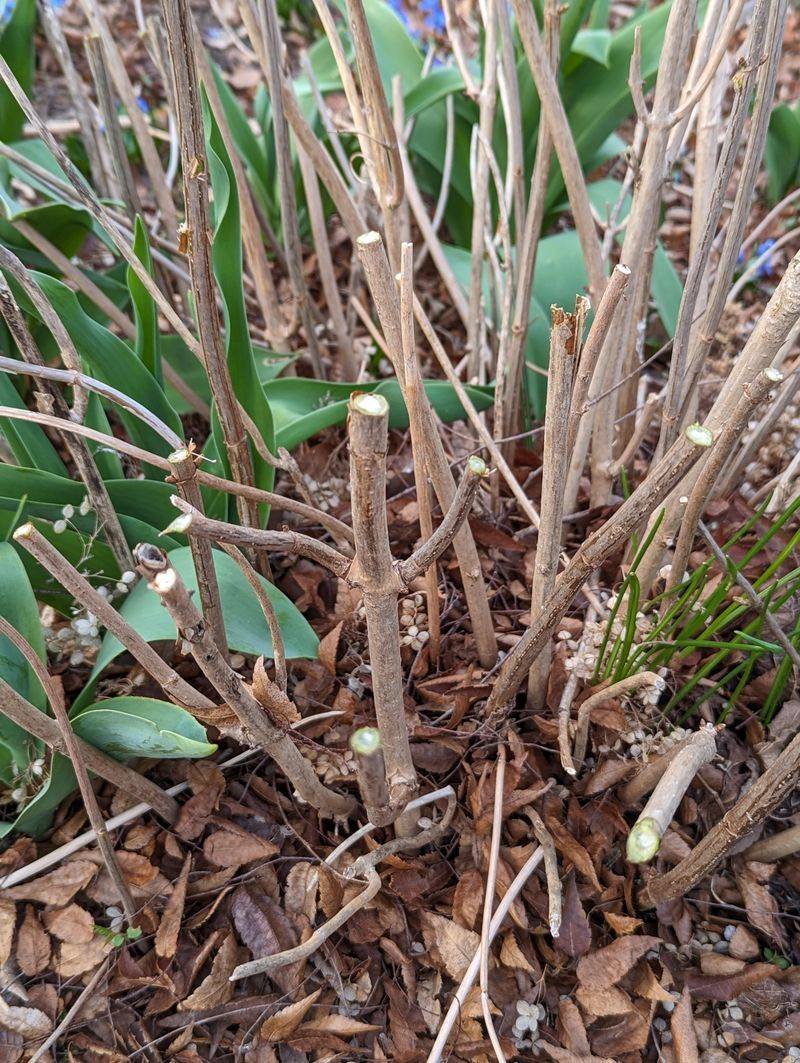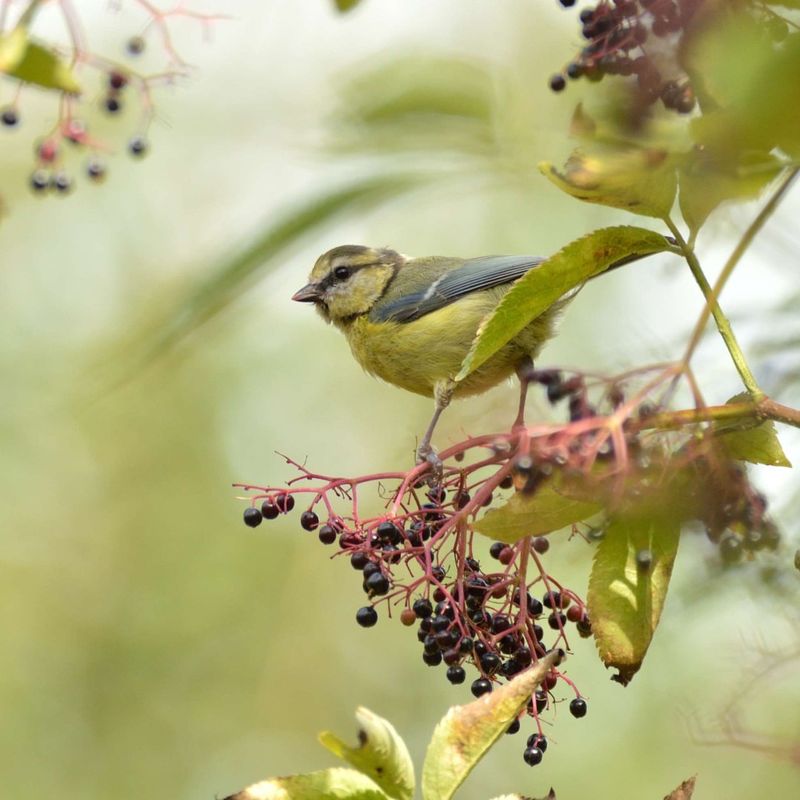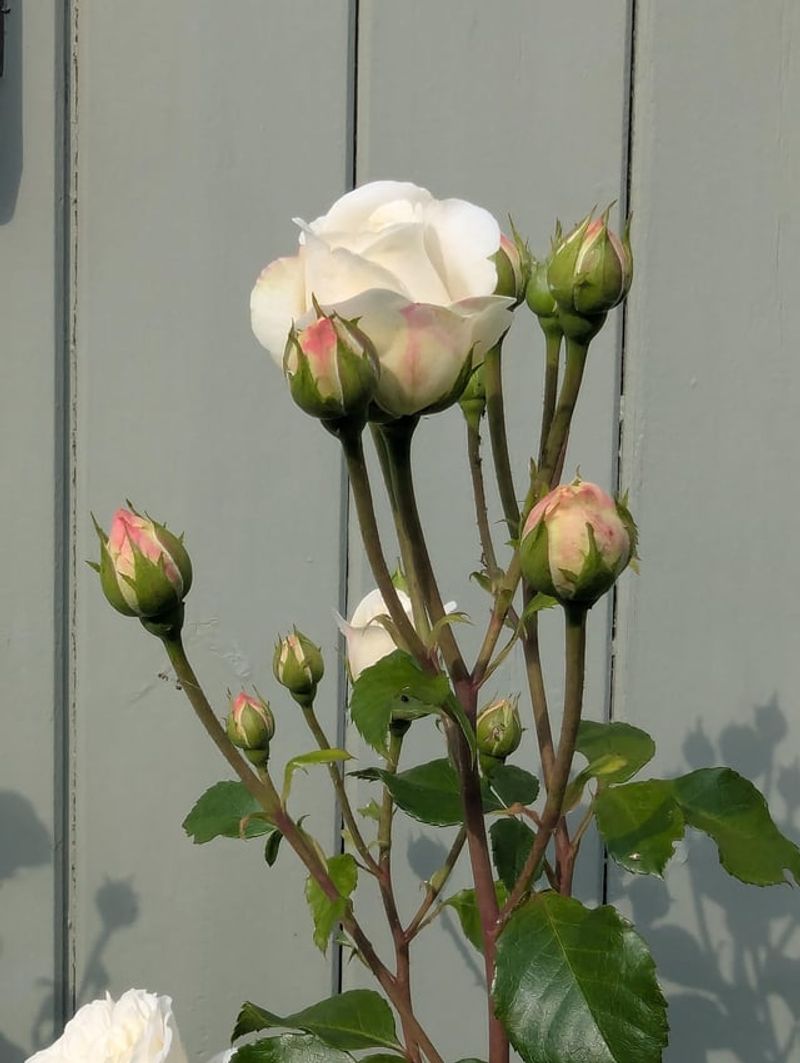Winter bloomers bring rare color to Washington’s gray months, but many gardeners accidentally ruin their flowering potential with one simple mistake.
Grabbing those pruning shears too early might seem like good garden maintenance, but it can cost you months of beautiful blooms. Understanding the right timing protects your plants and keeps your winter garden looking its best.
1. You Remove Next Season’s Flower Buds Before They Bloom
Most winter-blooming shrubs set their flower buds months before they actually open. When you trim branches in late summer or early fall, you’re cutting off the very buds that would have bloomed during Washington’s cold months.
Camellias and witch hazel are perfect examples of plants that prepare their flowers way ahead of time. Patience pays off when you wait until after flowering finishes to shape your plants.
2. Cold Damage Hits Fresh Cuts Harder In Pacific Northwest Winters
Fresh pruning wounds stay vulnerable for weeks, and Washington winters can swing from mild to freezing without warning. When you cut branches in autumn, those exposed areas become entry points for frost damage and disease.
The wet climate across Washington makes this problem worse, as moisture seeps into cuts and freezes. Waiting until spring means your plants heal during warmer weather when they’re naturally growing stronger and more resistant to problems.
3. Plants Store Energy In Branches You’re About To Cut Off
Throughout summer, your winter bloomers pack their branches with stored food that fuels those cold-weather flowers. Cutting too early removes this energy reserve right when plants need it most.
Think of it like draining a battery before the biggest test. Washington gardeners who wait until after bloom time let their plants use every bit of stored nutrition for flower production, resulting in bigger, longer-lasting displays that brighten dreary winter days.
4. Winter Bloomers Need Different Timing Than Summer Plants
Many gardeners follow the same pruning schedule for everything, but winter bloomers play by opposite rules. While roses and hydrangeas get trimmed in late winter, plants that flower from November through March need attention after their show ends.
Washington’s unique growing season makes this timing even more important. Your winter jasmine and Daphne put on their display when most plants sleep, so they deserve a custom care schedule that respects their unusual blooming cycle.
5. Early Pruning Encourages Weak New Growth That Won’t Survive Winter
When you cut plants in early fall, they often respond by pushing out tender new shoots. This fresh growth hasn’t had time to toughen up before Washington’s first freeze arrives, leading to damaged tips and stressed plants.
These weak shoots waste the plant’s energy and create brown, unsightly damage by January. Pruning after bloom time prevents this cycle, allowing your plants to focus on flowers instead of trying to recover from poorly-timed trimming throughout the coldest months.
6. You Miss Out On Months Of Garden Interest And Wildlife Food
Those branches you’re tempted to remove carry developing buds that birds and beneficial insects depend on during lean months. Cutting early eliminates food sources and shelter right when Washington wildlife needs them most.
Beyond helping creatures, those buds transform into flowers that give you something beautiful to look at when everything else looks bare. Winter blooms lift spirits during gray Pacific Northwest days, making the wait for proper pruning time completely worth it for both you and local wildlife.
7. Recovery Time Gets Wasted When Plants Should Be Blooming
Every plant has limited energy to spend each season. When you prune too early, your winter bloomers must dedicate resources to healing wounds instead of opening flowers.
This means fewer blooms, shorter flowering periods, and disappointed gardeners across Washington. Proper timing lets plants channel everything into that spectacular winter display you planted them for. Wait until late winter or early spring, right after petals fade, and your plants will thank you with even better shows next year.

